Mixed media on wooden panel. Signed on the back and titled 12-BV 61.
Dimensions: 46 x 35.3 x 5 cm.
Biography :
Kissel studied at the Städelschule in Frankfurt am Main from 1956 to 1961 and became a student of Albert Burkart's master. As early as 1961, Kissel had his first solo exhibition at what was then the avant-garde gallery Zimmergalerie Franck, in Frankfurt am Main. In 1966 he received - with Benno Walldorf and Thomas Bayrle - the Young Art in Hesse prize from the Marielies Hess Foundation in Frankfurt. He is a member of the Association of German Artists and, since 1983, of the Darmstadt Secession. In 2015 he received the Goethe plaque from the Hessian Ministry of Science and Arts. Kissel focuses his artistic work on object art and structural painting; he creates white light reliefs, aluminum reliefs, also in the form of sculptural walls in architecture, as well as watercolors, gouaches, prints and relief drawings. Kissel considers himself a constructivist and an artist of light. His first works turned away from the colorful painting of “informal art” and the gestural figuration of the 1960s. His luminous reliefs, aluminum slats on an aluminum background or white wooden slats on a white background, play with changing effects light and shadow and thus allow a varied perception to be obtained. “We do not arrive at white by reducing the color, but white is there from the beginning as a sum of complementary colors and as a reflection of light. ". In the 1980s, Kissel became involved in new social movements (peace movement, anti-nuclear movement) and in the conflicts around Frankfurt's Börneplatz. Posters, drawing collages and drawing objects were created. In 1994/95, his investigations into the historic sites of Weimar-Buchenwald led Rolf Kissel to a series of collage drawings entitled: Letters from Weimar, Protocol of a Research, in which he used official documents, letters, notably the victims’ correspondence. relatives request the ashes of their dead and receive bureaucratic answers, stamps from the National Socialist era, maps and fragments of Goethe's conversations with Eckermann are collected and left to disappear into black. The attempt to grasp the interactions between terror and classical humanity takes place in the knowledge of “the failure of images and the impossibility of renunciation of images”. The series was exhibited in 1995, curated by Klaus Scheunemann, in the Goldhalle of the Hessischer Rundfunk in Frankfurt/M, on NDR/Hanover, and in 1996 by the Weimarer Klassik Foundation at the Weimar City Palace. It is on permanent loan to the Goethe Museum in Weimar.
ZERO
Group ZERO was an artist group from Düsseldorf founded on April 24, 1958 by Heinz Mack and Otto Piene. Günther Uecker joined us in 1961. Mack and Piene considered postwar art “burdened with excess baggage.” Artists were looking for a new beginning, a “zero hour” freed from the past. They wanted to counter the forced drama of World War II and its horrors with a purer, healthier world by considering a hopeful and idealistic vision of life as an alternative to the old artistic values they found represented in the Informal and Tachism. of the post-war period. ZERO referred to a phase of silence and stillness, an in-between zone in which an old state transitions to a new one. With their luminous kinetic objects, which penetrate the space with their light and kinetics and include it, the members have created a new purist aesthetic, which apparently lies somewhere between image and sculpture. The group disbanded in 1966 after its members' artistic and biographical paths diverged.




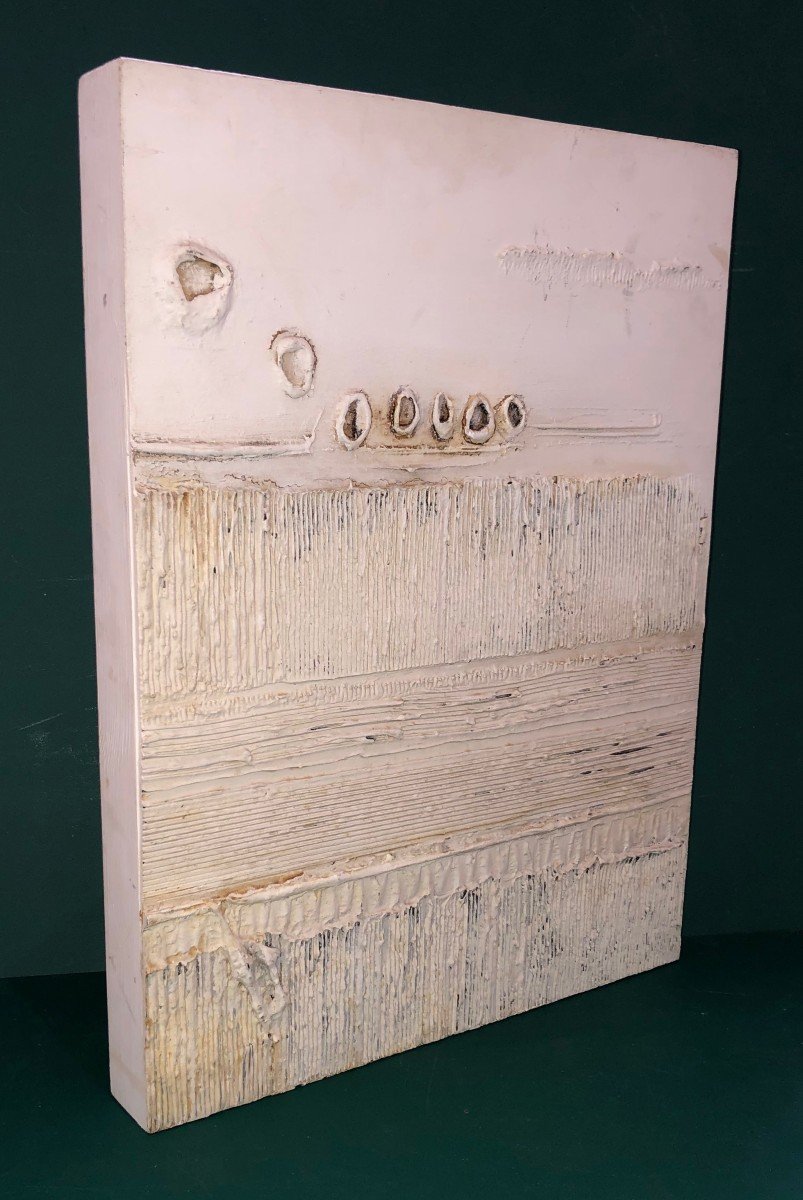
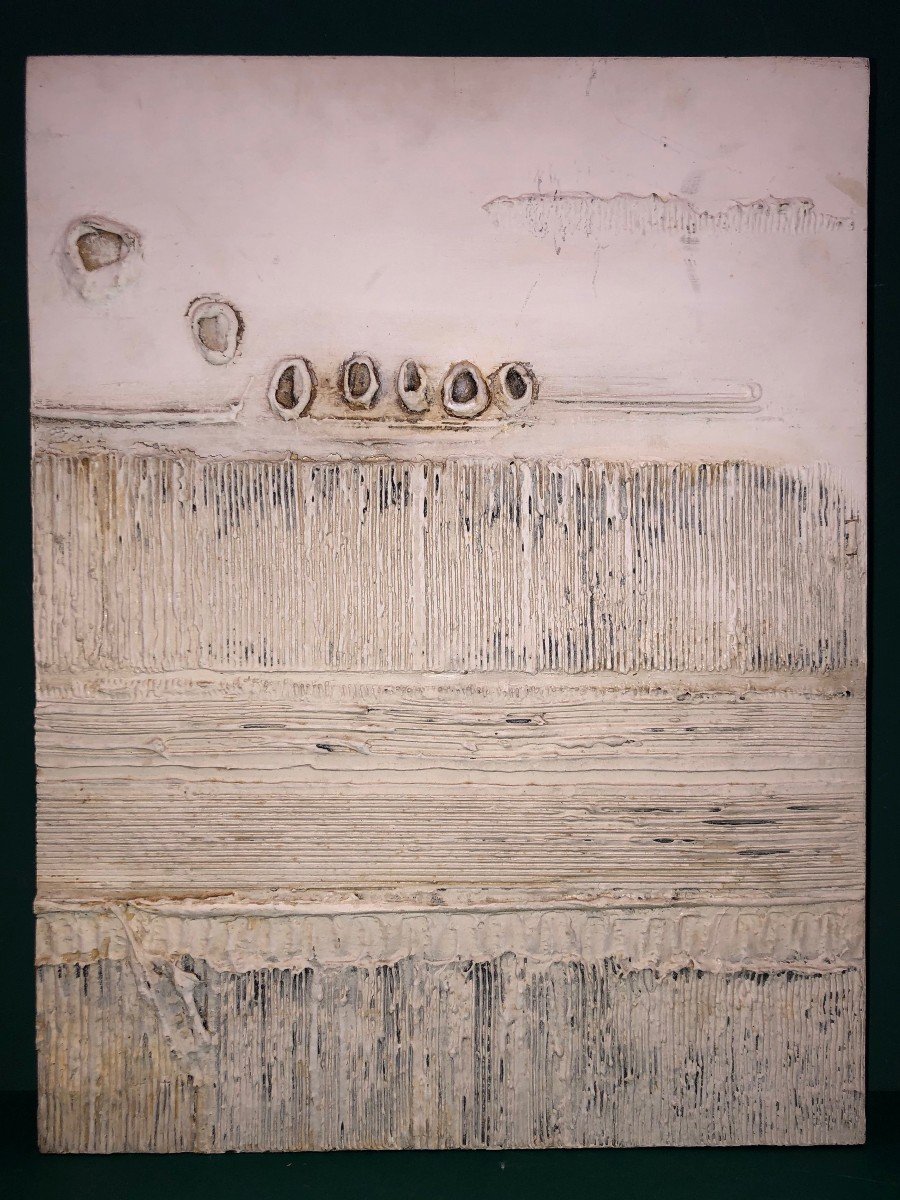
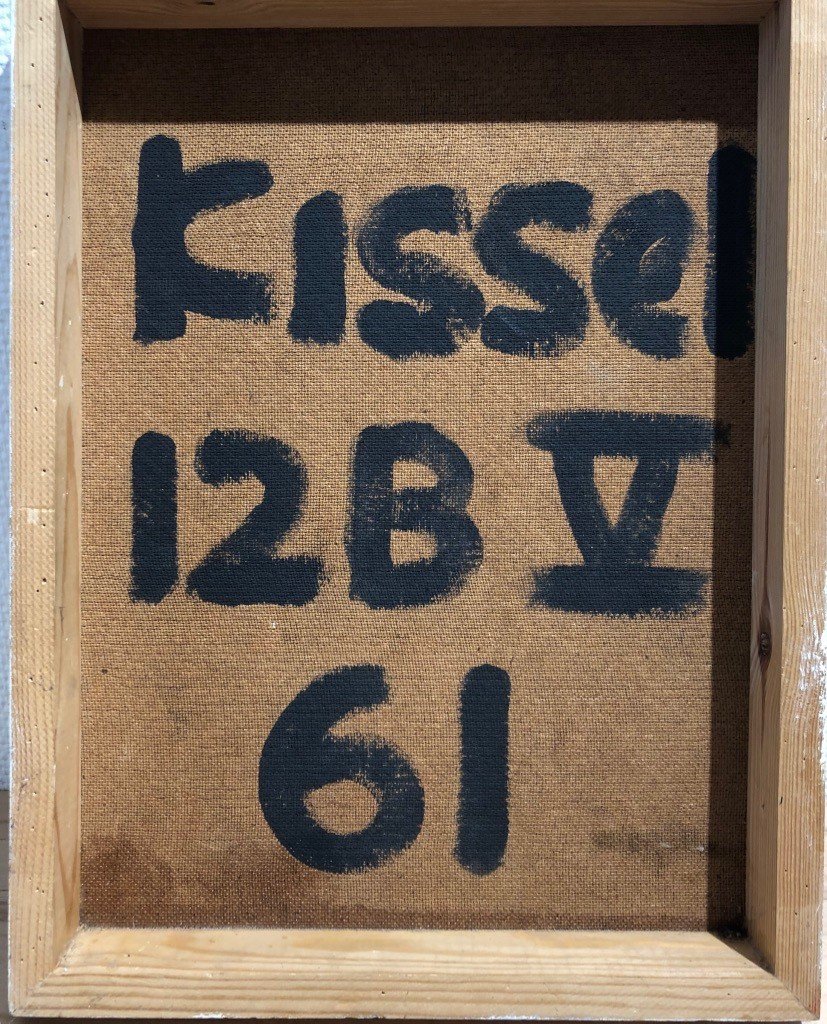








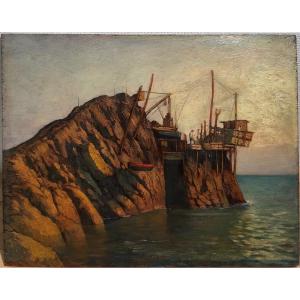









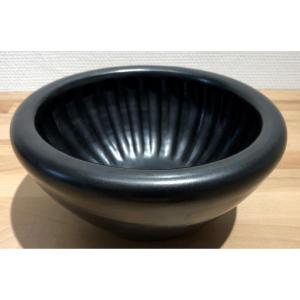










 Le Magazine de PROANTIC
Le Magazine de PROANTIC TRÉSORS Magazine
TRÉSORS Magazine Rivista Artiquariato
Rivista Artiquariato